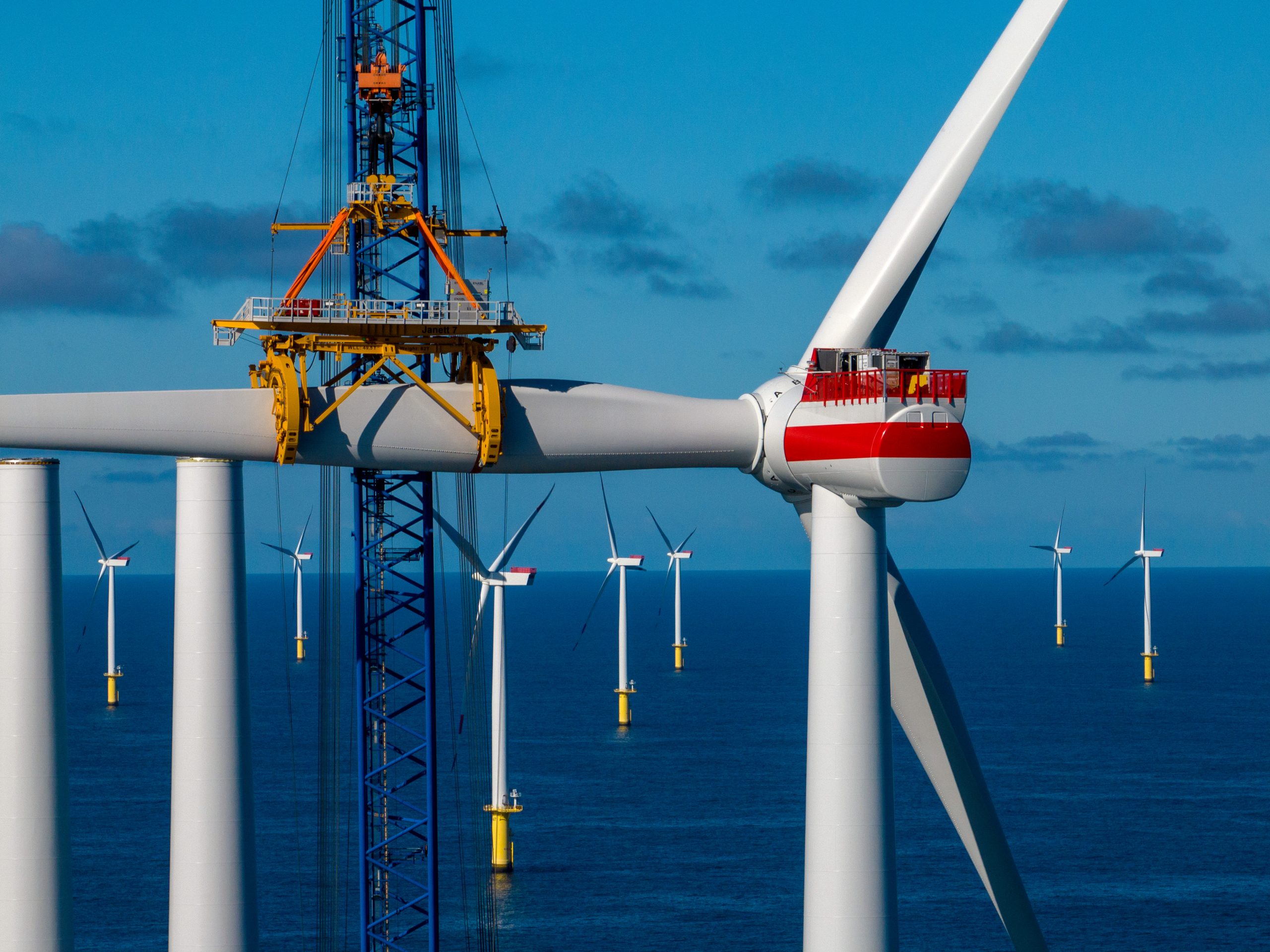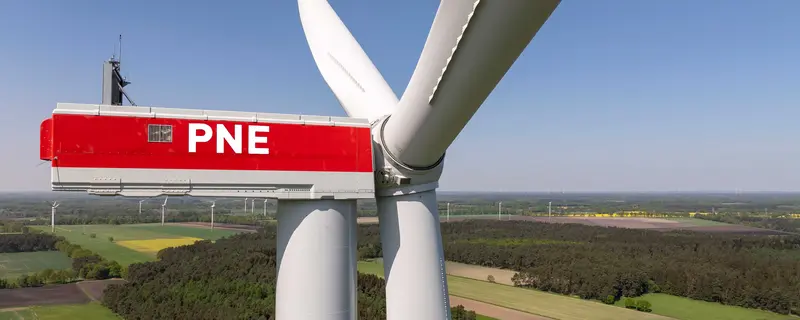Berlin, Bremerhaven, Frankfurt, Hamburg, Rostock, January 16, 2023 – Yesterday, the expansion figures for offshore wind energy 2022 were presented by the German offshore wind industry. According to the figures, 38 offshore wind turbines with a capacity of 342 MW were connected to the grid for the first time in the Kaskasi project last year. This means that a total of 1,539 offshore wind turbines with a total capacity of 8,100 MW feed electricity into the German North Sea and Baltic Sea. In addition, all 27 foundations for Arcadis Ost 1 were installed by the end of the year, nine of which have already been equipped with offshore wind turbines. Arcadis Ost 1 is expected to be completed and commissioned in the current year. In the coming years, Deutsche WindGuard expects higher rates of new construction for the industry. The projects for realization of the 2023-tenders will take place as of 2028, with a total of 8,800 MW being tendered.
“To achieve the expansion targets by 2030, 22 gigawatts (GW) must be installed offshore in Germany in less than eight years. In Europe, a total of around 150 GW of wind energy capacity is to be installed during this period. The industry therefore expects a significant increase from 2025 and especially towards the end of the 2030 expansion target, which requires industrial feasibility. A steady and even expansion path is needed to build stable supply chains and a future-oriented expansion of manufacturing capacities. The production capacities and skilled workers needed to achieve the expansion targets have been lacking to a substantial degree to date. A plan alone is not enough here. Together with politicians, we must immediately create a realistic basis for the implementation of the expansion targets for offshore wind energy for electricity and green hydrogen,” urge the industry organizations BWE, BWO, Stiftung OFFSHORE-WINDENERGIE, VDMA Power Systems, WAB e.V. and WindEnergy Network e.V.
In order to secure the targets, adjustments to the WindSeeG are also necessary. The bidding component introduced in the WindSeeG 2022 increases the risks for investors and burdens electricity customers with additionally rising prices. This is because it is clear that offshore wind farm operators will have to earn back the bid component. The Ukraine war has painfully shown how important diversity of players is. However, there is no safeguard mechanism in the current tender design to ensure this. The maximum amount of expansion to be subsidized per bidder and year should be limited. “Due to the large volume of the tenders, the government and industry must work hand in hand right from the start to avoid subsequent improvements. This also relates to preserving the diversity of players among project developers,” the industry organisations said.
The tenders that will make order entries possible for the supplier industry are still pending. Orders are needed to enable the “ramp-up” of the offshore wind industry for the German market and the necessary investments in production and supply chain, infrastructure and logistics.
“With a growth of the offshore wind supply chain, immense value creation potentials open up, in addition to a cost- effective energy supply and greater security of supply for Europe. In addition, long-term and future- oriented employment prospects are also offered. These must be realized in addition to the necessary climate protection,” the industry organizations emphasize the current need for political action.
In 2022, significantly less than one gigawatt was built. Many German suppliers are busy processing orders for the international offshore wind market. Another bottleneck is the materials required for component construction for offshore wind turbines. In addition to the lack of industrial capacities for the expansion of offshore wind energy, port infrastructures are required as well as a significant increase in the supply of German shipyards for the construction of foundation structures, transformer and converter platforms, special ships for service & maintenance and for erection.
Achieving the expansion targets for offshore wind in Germany of at least 30 GW by 2030, between 40 and 50 GW by 2035 and at least 70 GW by 2045 requires decisive political action. The realization agreement for more offshore wind energy in November 2022 defined milestones for the necessary grid expansion, which the industry views positively.
The production of green hydrogen at sea is still in its infancy and requires the necessary regulatory framework to enable the development of concrete business models. Only in this way can the defined ramp-up of hydrogen production from offshore wind energy through tenders of at least 500 MW per year from 2023 succeed.
“The offshore wind industry needs a major training and qualification offensive supported by the German government, easy investment and financing conditions and the promotion of new production capacities that provide the necessary liquidity in the manufacturing industry, as well as internationally fair competitive conditions. Europe must find a strong, joint response to the measures of the US Inflation Reduction Act in particular,” explain the industry organizations. With regard to the need for skilled workers, the associations would like to see more freedom of movement for workers across EU borders and an effective immigration policy.
Source: WAB














